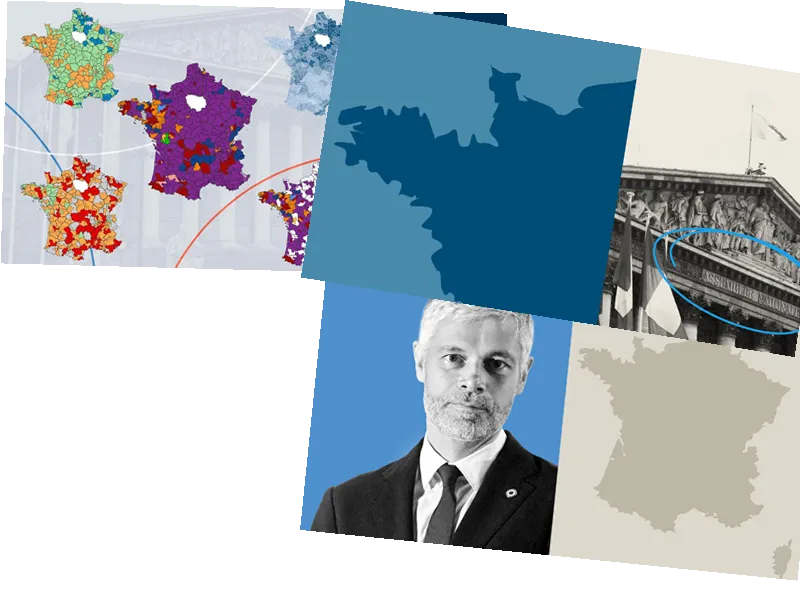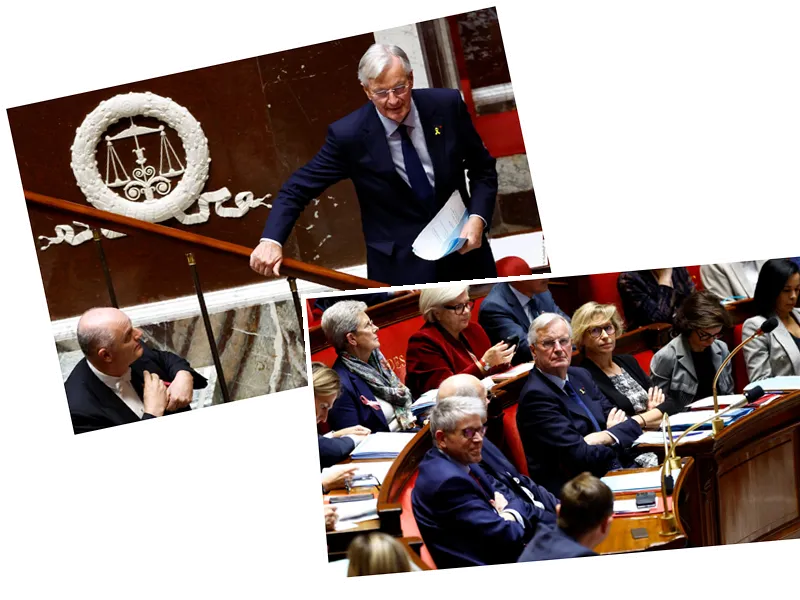National Rally Dominates First Round of French Legislative Elections
Nearly three weeks after the European elections, more than 49.3 million French citizens returned to the polls for the first round of legislative elections. The National Rally (RN), led by Jordan Bardella, emerged as the frontrunner, securing 33.15% of the votes, according to the Ministry of the Interior. This marks a significant increase from previous elections, showcasing the growing support for the Lepenist movement.
The New Popular Front (NFP) followed with 27.99%, while the presidential coalition Ensemble, led by Gabriel Attal, came in third with 20.76%. The Republicans (LR) and various right-wing candidates garnered 9.7% and 10.23% of the votes, respectively. Despite the RN's strong performance, projections indicate that no party is likely to secure an absolute majority in the National Assembly.
Projections and Second Round Dynamics
According to Ifop's projection for Le Figaro, the RN is expected to win between 240 and 270 seats, making it the largest group in the National Assembly but still short of an absolute majority. The left alliance could secure between 180 and 200 seats, while the Macronist coalition may only obtain between 60 and 90 seats. These projections are subject to change due to the second round campaign, potential withdrawals, and vote carryovers.
The RN's impressive results were particularly notable in its strongholds in the north and south-east of France. Key figures like Marine Le Pen, Sébastien Chenu, and Laure Lavalette were re-elected in the first round, along with 252 other RN candidates and their allies.
The presidential coalition, however, faced a significant setback. Renaissance, MoDem, and Horizons lost five points compared to June 2022 and only topped the polls in 63 constituencies. This decline raises questions about the coalition's future influence in the National Assembly.
Lower Abstention and Increased Participation
One of the notable aspects of this election was the lower abstention rate. Only 33.29% of eligible voters abstained, a significant decrease from the 52.49% in 2022. Regions like Lozère, Côtes-d'Armor, and Lot saw the highest voter turnouts, while Seine-Saint-Denis, Moselle, and Corse-du-Sud had higher abstention rates.
This increased participation resulted in a higher number of triangular (three-way) and quadrangular (four-way) races. There are 306 triangular contests this year, compared to just 7 in 2022, and 190 dual contests. These dynamics could significantly impact the final results, especially with potential withdrawals and strategic voting.
The traditional right, represented by the Republicans (LR), also faced challenges. The party, which once had significant influence, only managed to secure 6.56% of the votes, a sharp decline from previous years. The alliance between LR's president Éric Ciotti and the RN limited the number of LR candidates, resulting in the party's presence in only 55 constituencies for the second round.
As the second round approaches, the political landscape remains fluid. The RN and its allies aim for an absolute majority, but the strategic withdrawals of left-wing candidates could prevent this outcome. The next few days will be crucial in determining the future composition of the French National Assembly.
- The RN's rise to prominence marks a significant shift in the French political landscape. With key figures like Marine Le Pen and Jordan Bardella leading the charge, the party's influence continues to grow.
- The lower abstention rate suggests a renewed interest in the political process among French citizens. Increased participation could lead to more representative outcomes in the National Assembly.
- The decline of the presidential coalition and the traditional right highlights the evolving dynamics of French politics. As new alliances form and old ones dissolve, the future of the National Assembly remains uncertain.
- The strategic decisions made in the coming days, including potential withdrawals and vote carryovers, will play a crucial role in shaping the final results of the legislative elections.






